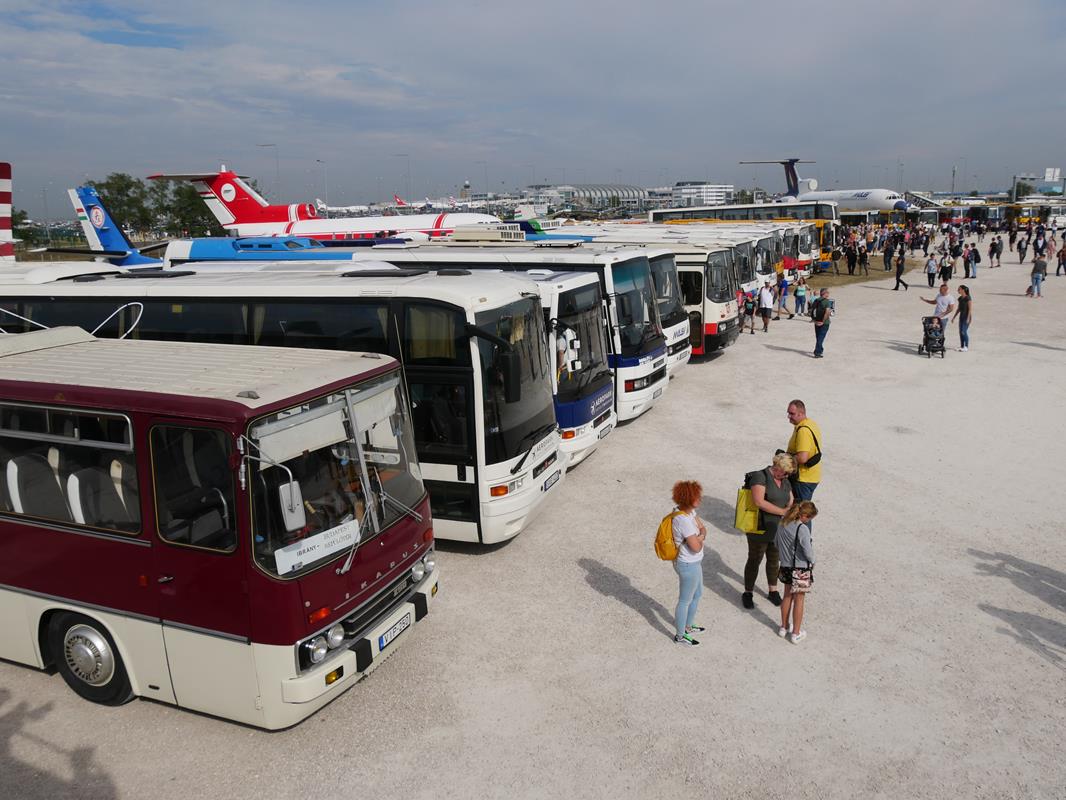The Transport Museum was one of the oldest technical museums in Hungary. It was a state-run institution with a national collection, located in District XIV of Budapest, in the City Park (Városliget).
The Transport Museum

The museum building was open to visitors until 14 April 2015. Afterwards, it was demolished in seven months as part of the Liget project in February 2017, Helló Magyar reports. Since then, several ideas and steps have been taken to continue. However, after almost 10 years, the end of the tunnel still seems an unforeseeable long way off.
The Hungarian Technical and Transportation Museum’s Moving Museum, organised on weekends in December and January, was a great success and attracted a lot of interest in Budapest. The museum has a large collection of Ikarus buses, which are considered to be the best of their kind in Hungarian bus production.
Good old Ikarus buses

The vehicles, which are no longer young, usually need extensive refurbishment after their arrival if they are to be restored to working and travelling condition. In the absence of exhibition space, this allows the artefacts to be made available to the public as widely as possible and also to be tested in use.
Although the Ikarus fleet of the museum includes several variants, this time, people could meet the first mass-produced public transport legends of the Hungarian roads: Ikarus no. 311 and the “tailed Ikarus” (faros Ikarus).
Each of these types can claim that there are hardly any original, operational versions left in our country, so they were mainly restored from scrap. And in the case of the “tailed Ikarus”, this was often combined with the fact that they were brought home from abroad, as they were in service in Germany for longer, and were therefore scrapped later.
311 and “tailed Ikarus”

The Ikarus 311 was produced between 1963 and 1972. The 311.24 model owned by the museum was built in 1971 and was fully restored in 2013.
The Ikarus 55 was one of Ikarus’ best-known and most successful buses, built between 1954 and 1973. Its frequent nicknames are “tailed Ikarus” and “Bözsi”, which the bus owes to its distinctive rear engine section. The 55 is the sister model of the Ikarus 66 city bus.

The theme of the programme guided bus enthusiasts through the city by presenting the history of Budapest’s traffic and vehicles. The route led from the Hall of Art in Heroes’ Square along Andrássy Avenue through the city’s transport history. All tickets were sold out.


You forgot the to mention it’s been almost 10 years the Applied Arts museum went into renovation – one the cities greatest buildings – to make matters worse they are adding a stark modern addition. It’s kind of like the revamp of entry hall Hungarian museum -designed by shopping mall designers- they spend so much time restoring on the smallest of objects but ignore the biggest